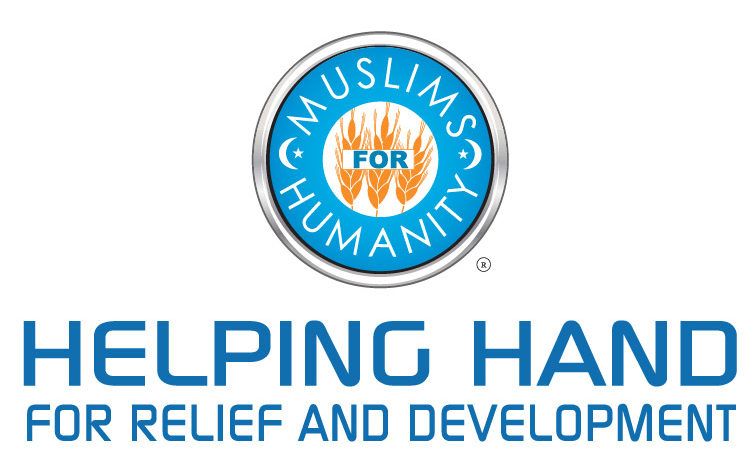HHRD’s Healthcare Programs for Crisis Stricken Countries

All of the relief efforts provided by HHRD across the world are designed to improve the health and lives of the local population. In certain situations, this is done by providing access to clean water and food, or by giving the local population a means of economic prosperity. For situations that require specific medical attention, HHRD’s team of healthcare professionals are there to help.
Through its partnership with the World Health Organization (WHO) and others, HHRD is able to reduce inequalities that exist in healthcare systems across the world. These inequalities are usually due to the way resources are distributed within countries, and they often exclude those without the means to pay for treatment. Geography plays a role in this exclusion as well. Certain populations simply do not have hospitals or treatment centers that can deal with their needs even if they have the money to pay for treatment. In addition to these two factors, there are times when HHRD arrives at the scene of a flood, earthquake, or tsunami, and the local medical centers are no longer accessible.
To help improve healthcare options for the local population in times of crisis, HHRD’s Mobile Medical Units (MMUs) can be sent to where they are needed. Once a crisis is identified, and an MMU is deemed necessary, the trucks can be called into action and are established in areas the Emergency Response Teams (ERTs) identify as a central location for the operation. The MMUs are able to provide daily medical attention to the region’s populace. They can conduct medical screenings, identify medical complications, and are equipped with medicines that are often needed for the types of crises they are responding to.
In situations where an MMU is not able to handle the medical issues of the patients that visit, HHRD’s Healthcare programs also provide ambulance services. Emergency medical professionals who have ambulatory training are dispatched to the impacted areas. These teams are called into action to provide transportation and increase the capacity of HHRD’s healthcare efforts in crisis situations. These ambulance services also have a secondary use outside of critical patient transportation. HHRD is able to offer free transportation for patients to attend rehabilitation and therapy sessions that can be much needed in the aftermath of disasters.
Another main focus of HHRD’s healthcare efforts is expecting mothers who tend to be an overlooked segment of society in countries without the means to provide comprehensive medical coverage. HHRD has set up Mother Child Health Care Centers in countries such as Pakistan, which has the 8th highest newborn mortality rate in the world. These centers provide much-needed pre- and post-natal check-ups, health awareness sessions, vaccination services, and even deliveries. The Mother Child Health Care Centers have helped tens of thousands of expectant mothers in their journey to bringing life into this world, and have delivered thousands of babies.
The story does not end here. In 2019 alone, HHRD’s healthcare programs provided assistance to countries across the world. In Jordan, over 5,300 people were treated for lice to help end a severe lice problem in the area. Basic dental treatments were provided to over 15,000 Rohingya Refugees, in addition to daily medical services for upwards of 150 refugees per day. HHRD’s Eye Care programs provided 660 eye surgeries across 6 African countries to prevent blindness. HHRD Pakistan provided healthcare for over 15,000 people from one location.
These incredible efforts are made possible by donations. HHRD is making the world a better place with its healthcare-focused relief efforts, one treatment at a time. With your donation, new opportunities to provide healthcare relief to crisis-stricken countries are within reach. Act now and help to save and improve lives around the world.